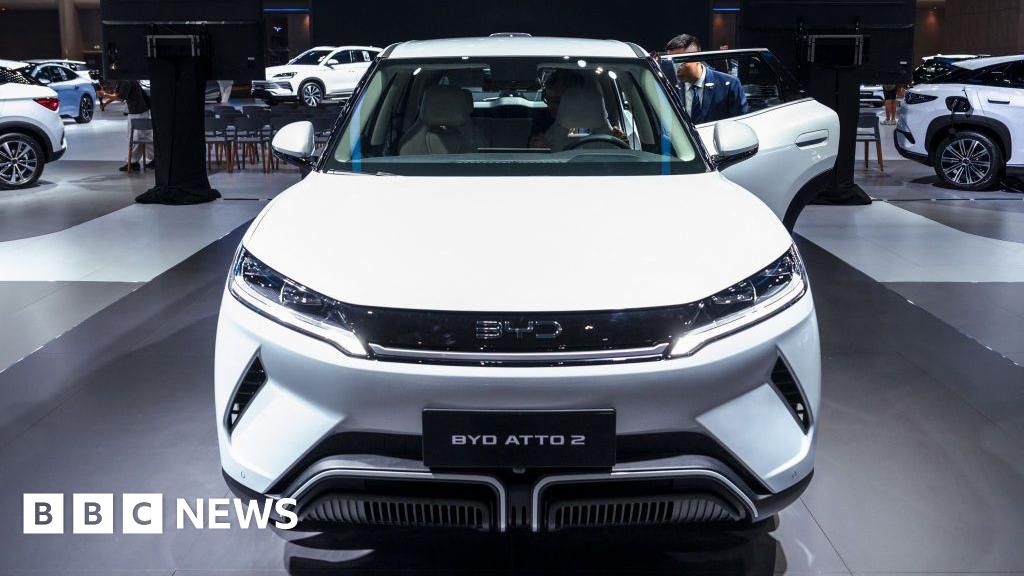
BYD: The Unexpected Electric Vehicle Giant
The electric vehicle (EV) market is a dynamic and fiercely competitive landscape. While names like Tesla often dominate headlines, a significant shift is underway, challenging the established order. A lesser-known player, yet one rapidly gaining global prominence, is BYD, the Shenzhen-based Chinese automaker. BYD’s recent financial performance reveals a stunning success story, one that has dramatically reshaped the industry’s power dynamics.
Their recently announced 2024 annual revenue figures are nothing short of staggering. A substantial 29% increase year-over-year propelled BYD to an impressive $107 billion, a figure that surpasses even Tesla’s revenue for the same period. This achievement marks a pivotal moment, demonstrating BYD’s formidable growth and its emergence as a major global player in the EV sector. The company’s success isn’t solely reliant on fully electric vehicles; a significant contribution stems from the strong sales of their hybrid models. This strategic diversification has proven incredibly effective, allowing them to tap into a broader market and capitalize on varying consumer preferences and infrastructure limitations.
The rise of BYD challenges the commonly held perception of Tesla’s undisputed leadership. While Tesla remains a force to be reckoned with, BYD’s surge underscores the growing competitiveness within the EV industry. This competition is beneficial for consumers, driving innovation, pushing down prices, and expanding the availability of electric vehicles globally. BYD’s success highlights the potential of alternative approaches to EV production and marketing. Their integrated approach, encompassing battery production, vehicle manufacturing, and even charging infrastructure, gives them a distinct advantage. This vertical integration allows for greater control over costs, supply chains, and product quality, all contributing to their remarkable growth.
Beyond the impressive financial figures, BYD’s success reflects several key strategic decisions. A focus on both hybrid and fully electric vehicles caters to a diverse range of consumer needs and market conditions. In regions with less developed charging infrastructure, hybrids offer a practical and appealing alternative, while fully electric models cater to environmentally conscious consumers in more established markets. This pragmatic approach has allowed BYD to penetrate markets that might otherwise be inaccessible to companies focusing solely on one type of electric vehicle.
Furthermore, BYD’s commitment to innovation and technological advancement is undeniably a key factor in their success. The company continually invests in research and development, striving to improve battery technology, vehicle performance, and overall efficiency. This dedication to innovation positions them to remain competitive in a rapidly evolving industry, ensuring they are not simply riding a wave of current demand but actively shaping the future of electric mobility.
The implications of BYD’s success are far-reaching. It represents not only a significant shift in the global EV market but also a broader indication of China’s growing influence in the automotive industry. BYD’s rise is a powerful testament to the ingenuity and entrepreneurial spirit driving technological advancements in emerging markets. The future of the electric vehicle market remains dynamic, but one thing is clear: BYD is a major player to watch, and its continued growth will undoubtedly shape the industry for years to come. The days of Tesla’s unquestioned dominance appear to be numbered, and the competition, as evidenced by BYD’s phenomenal success, is only just heating up.



Leave a Reply